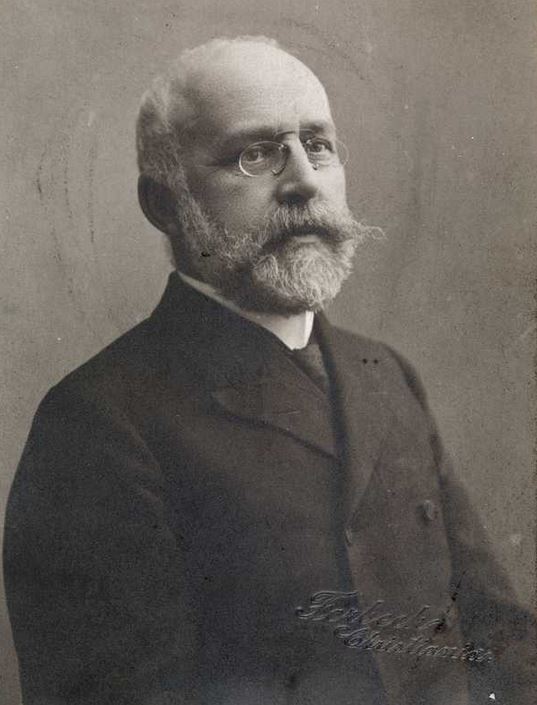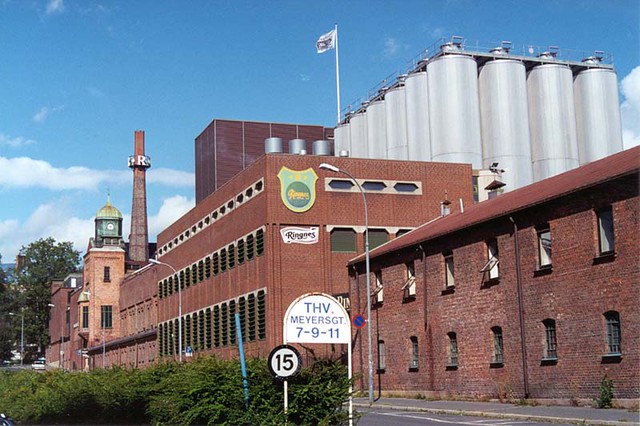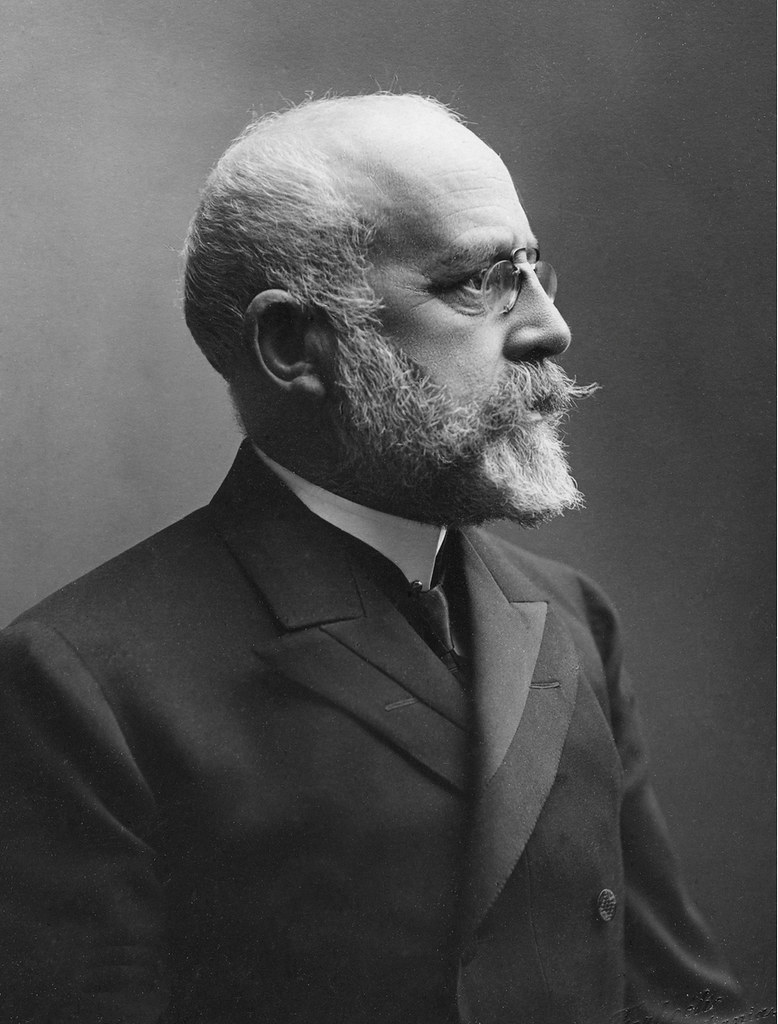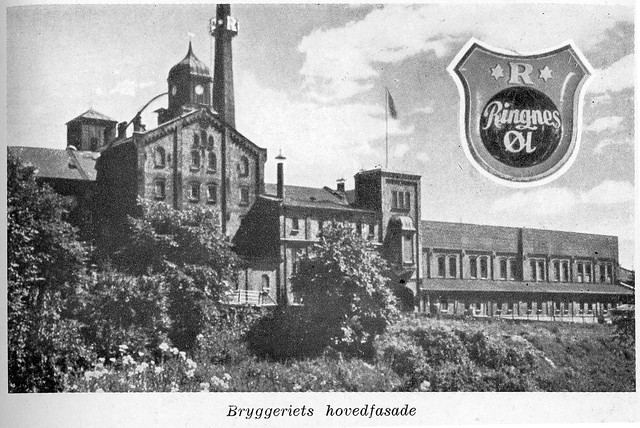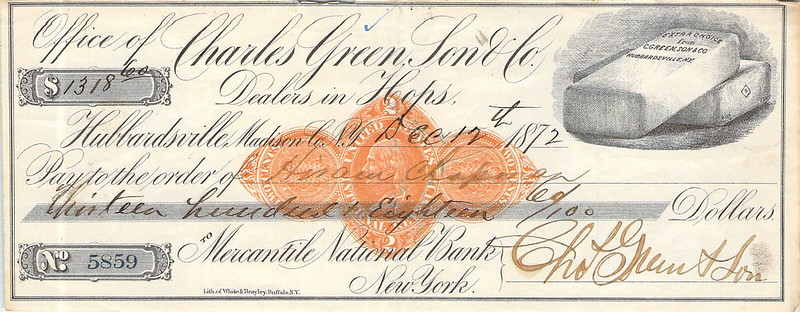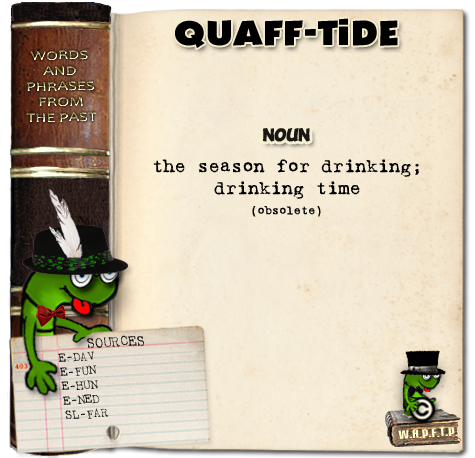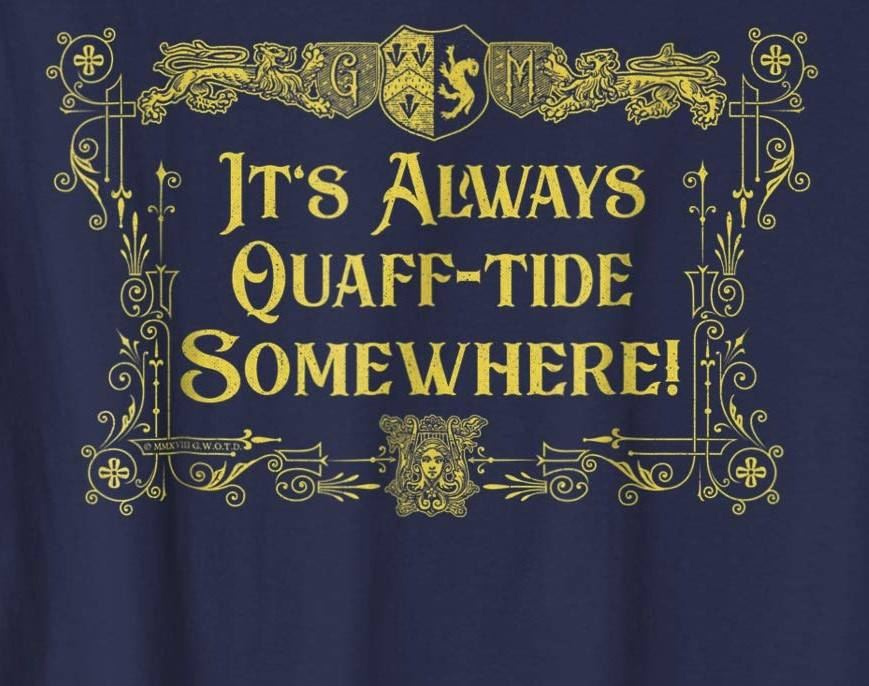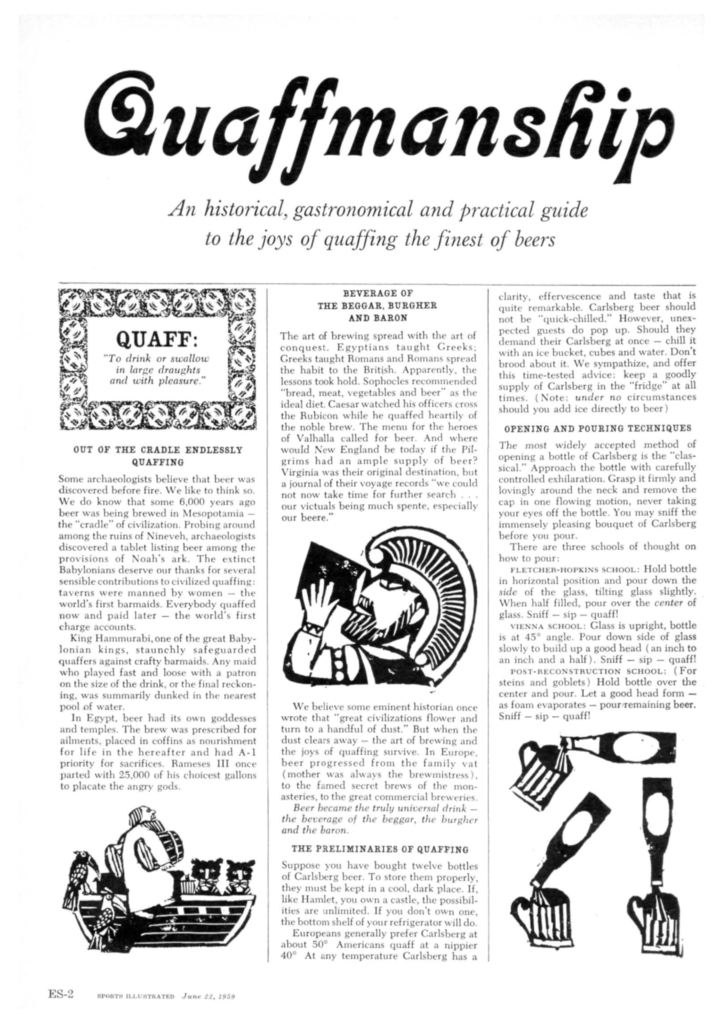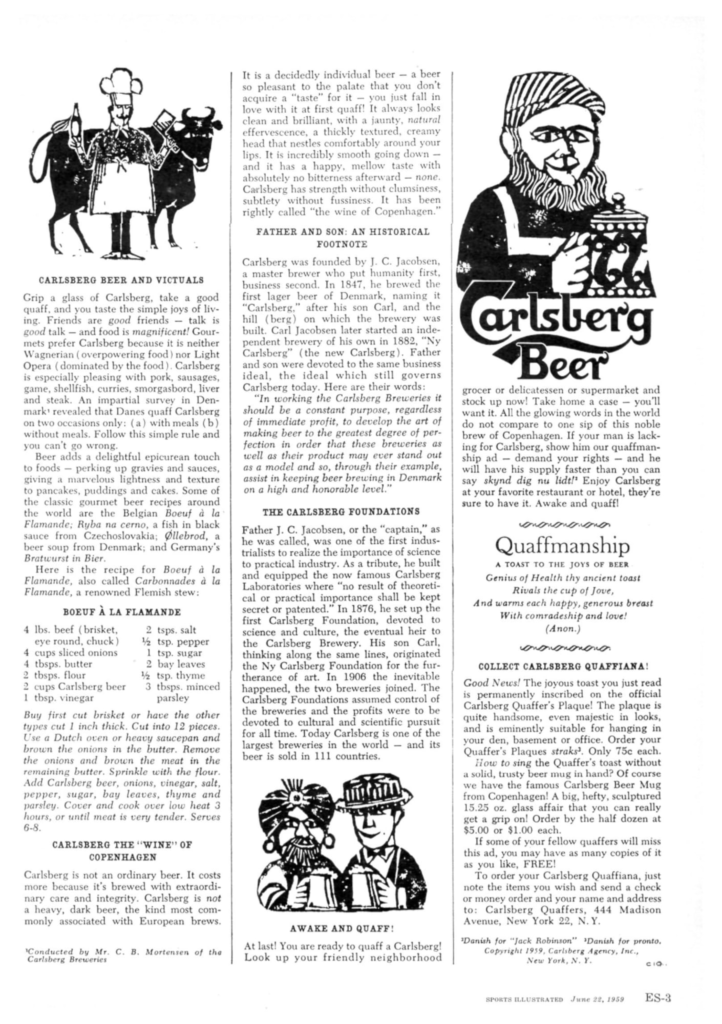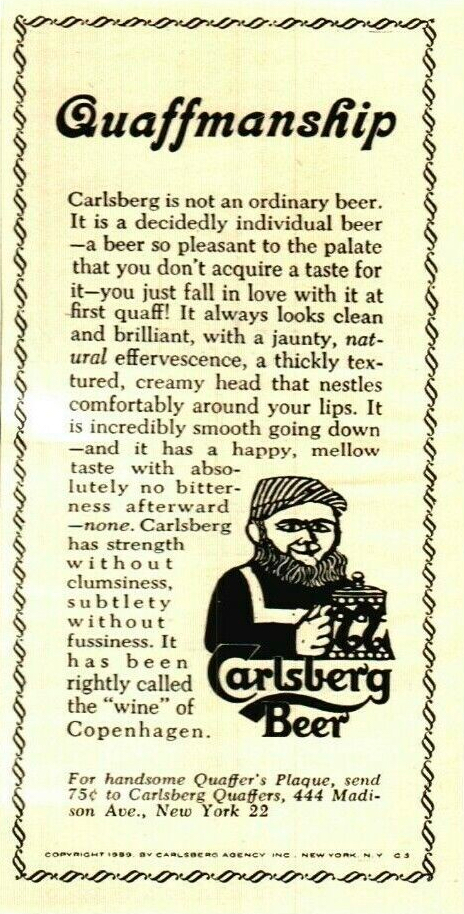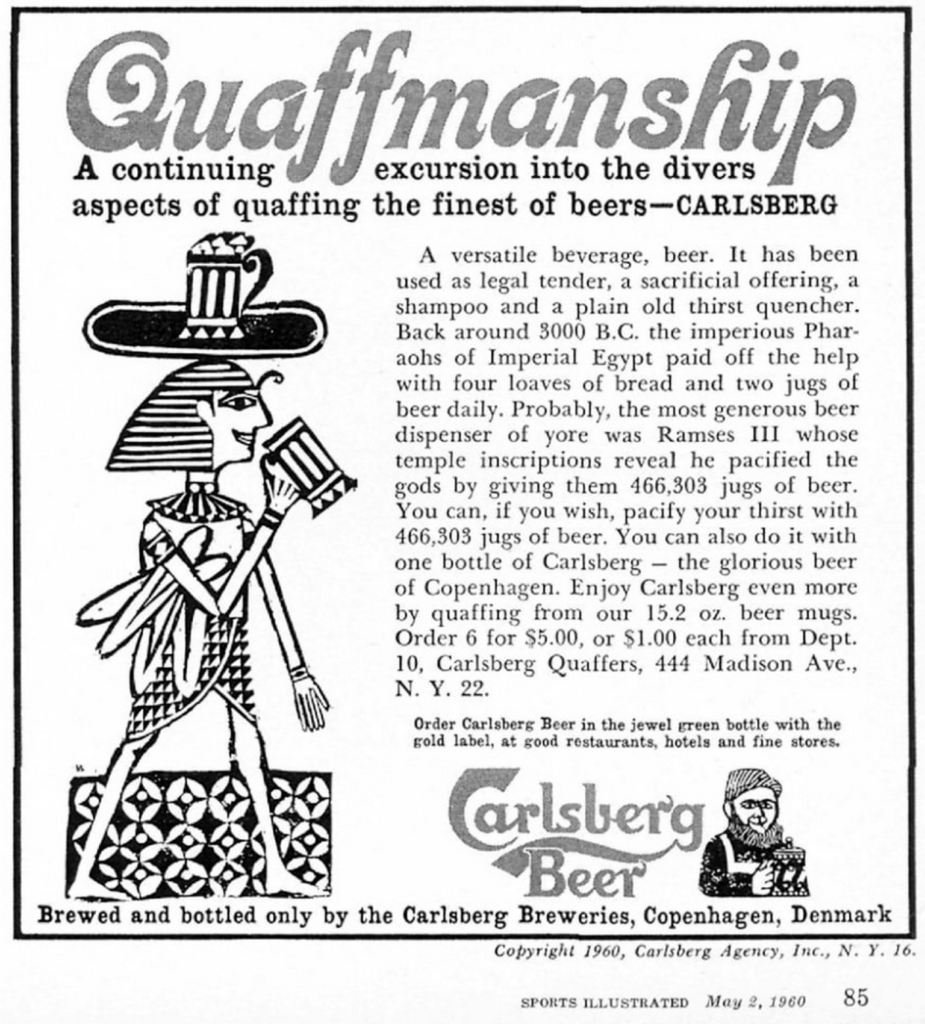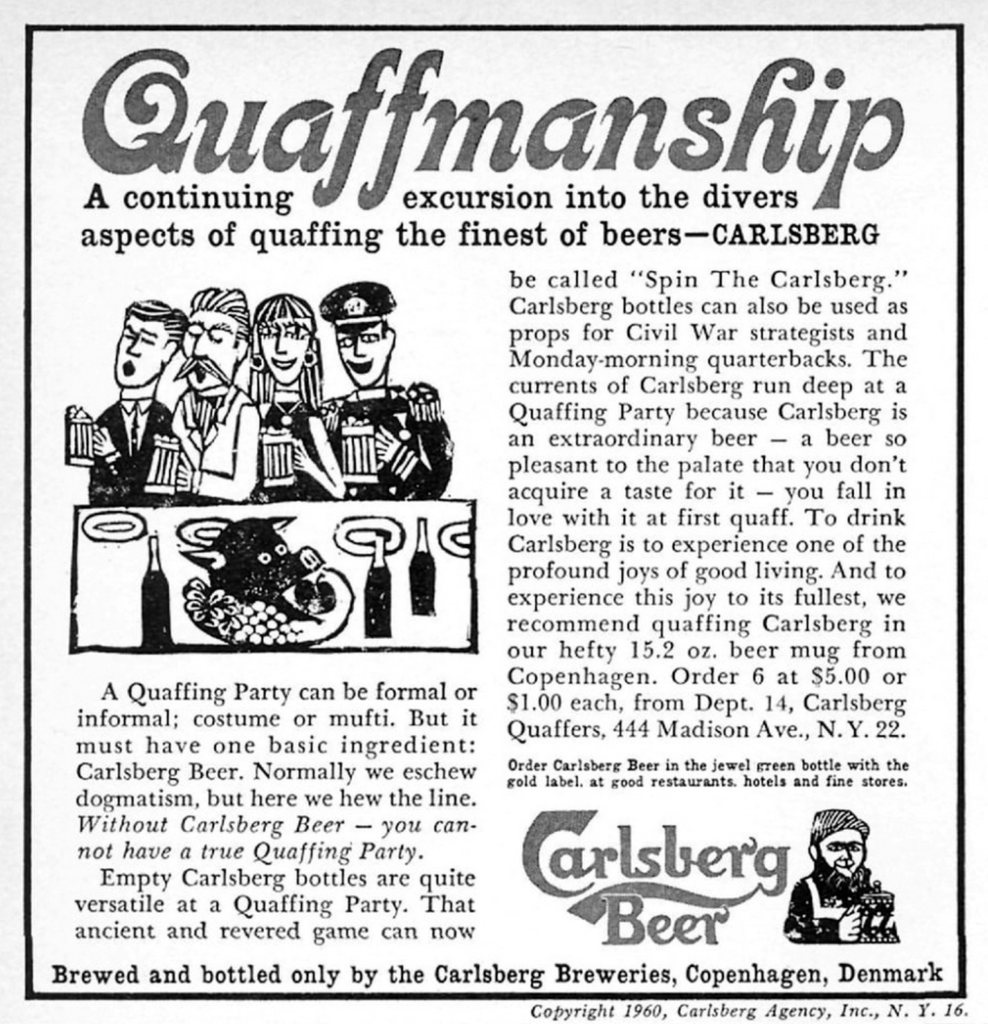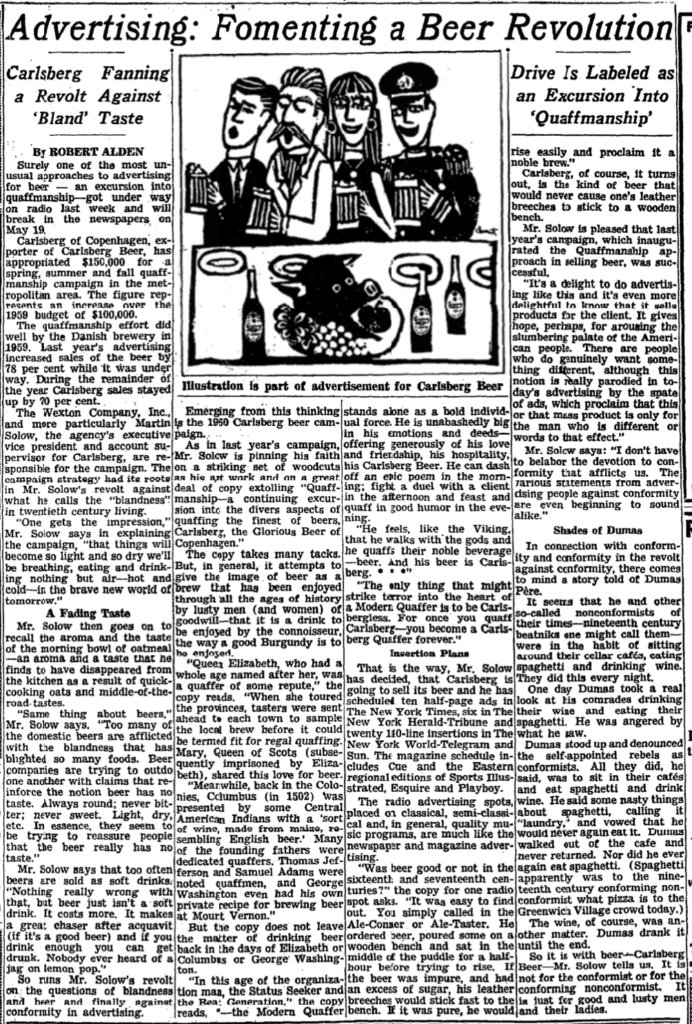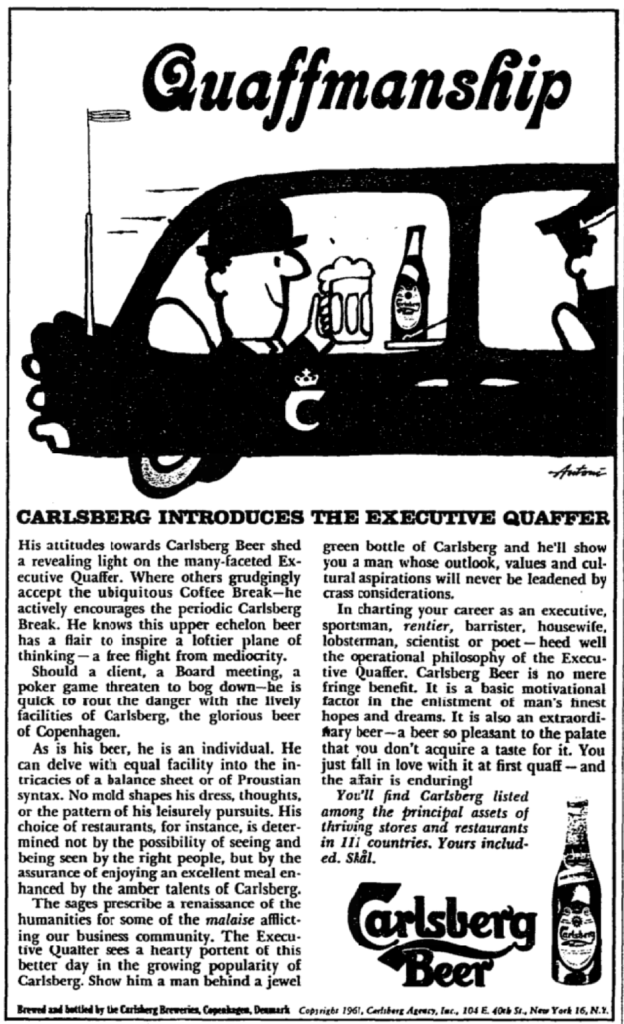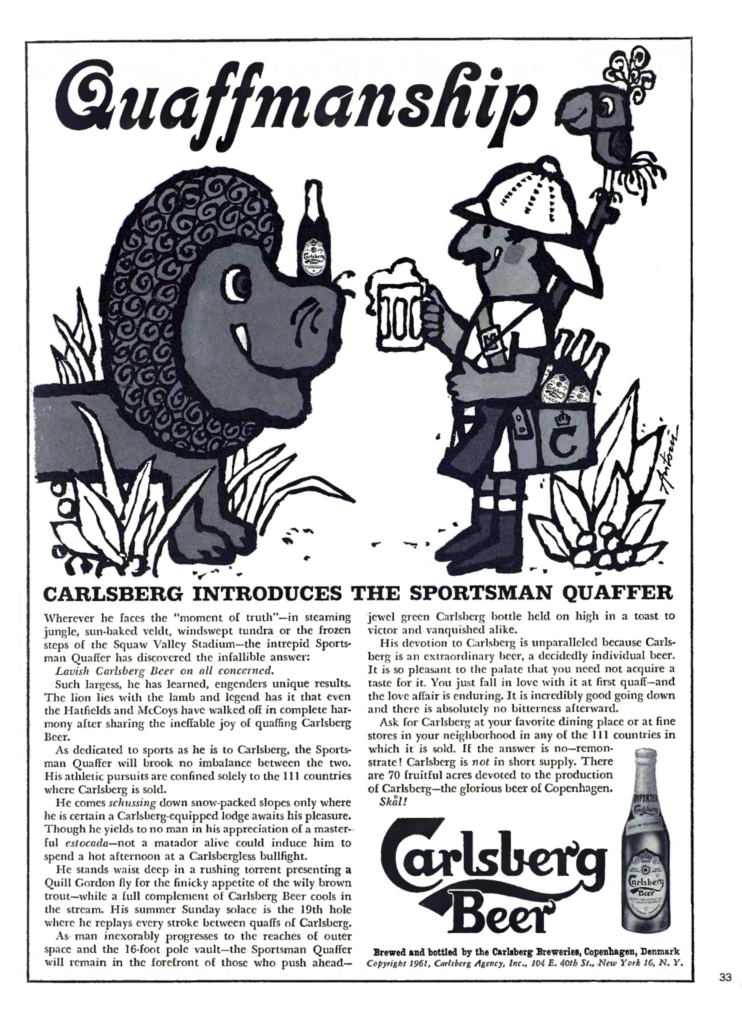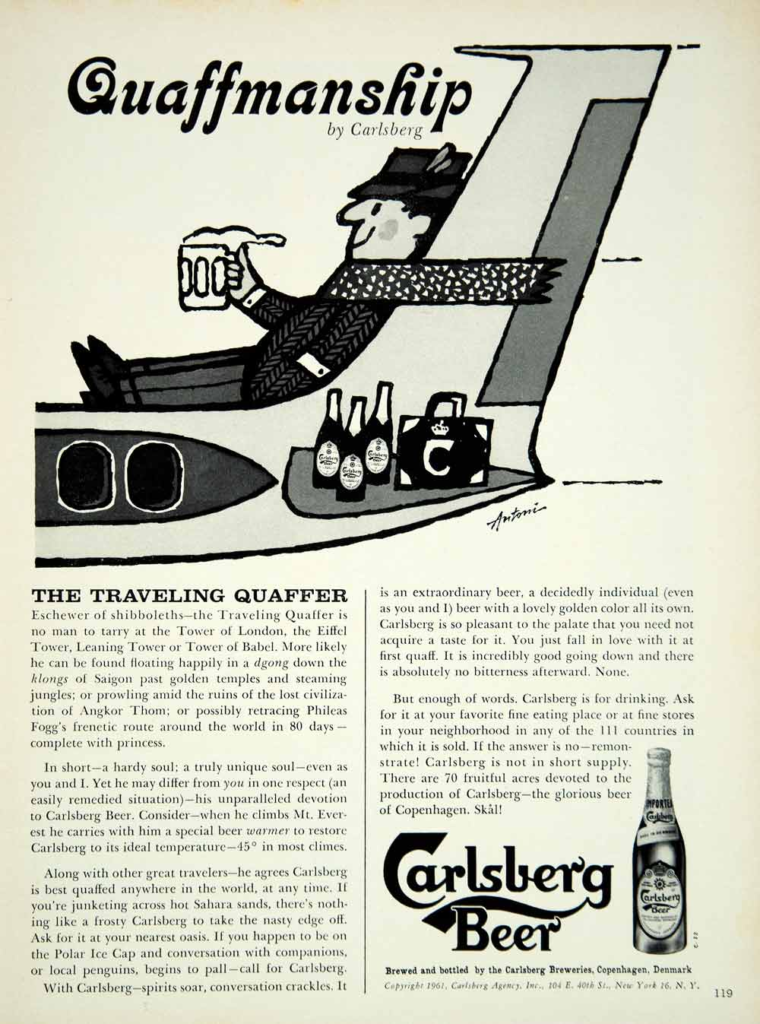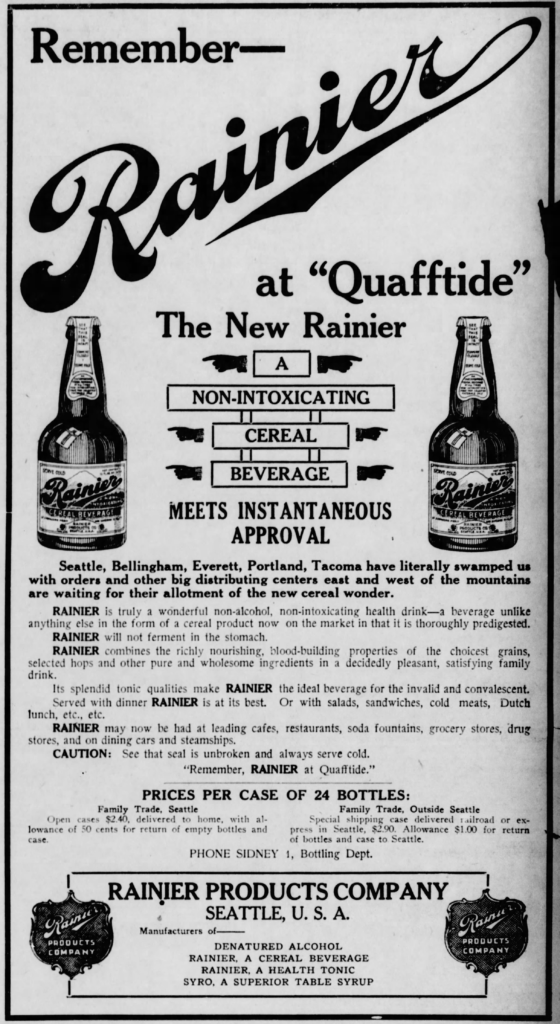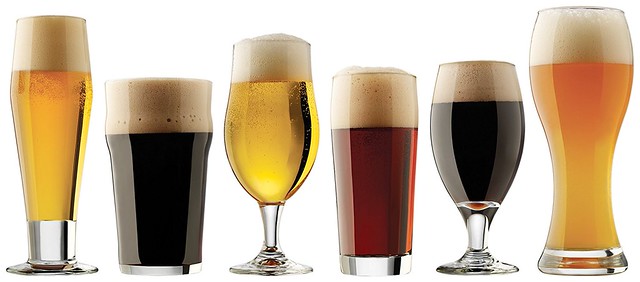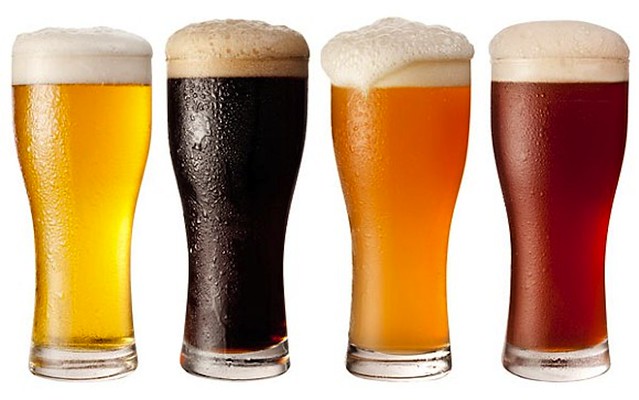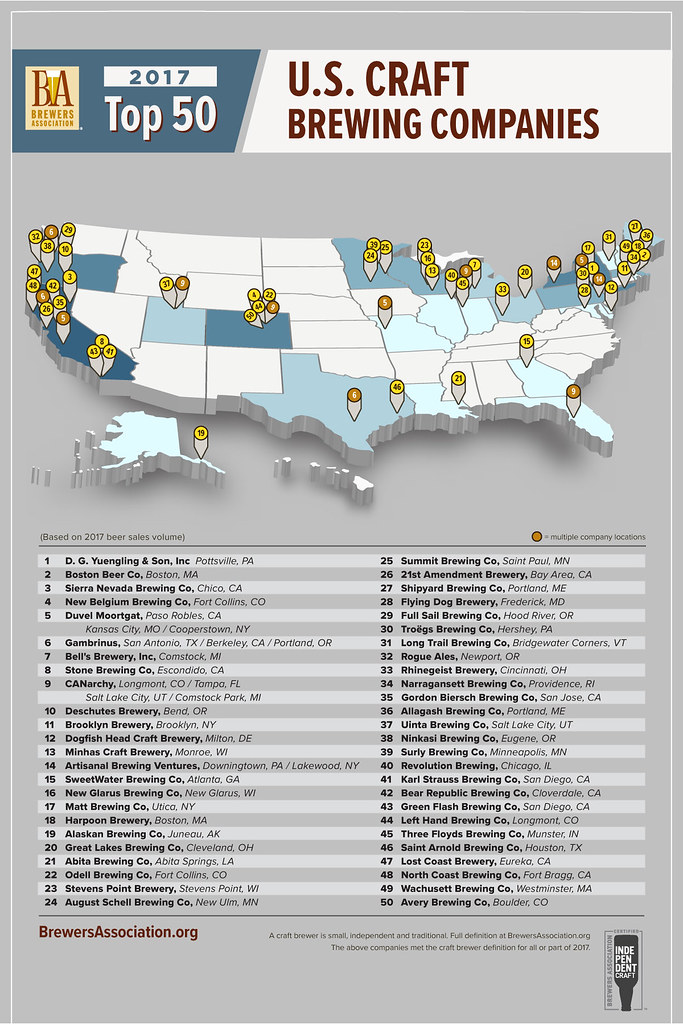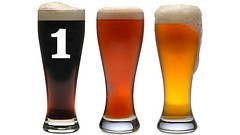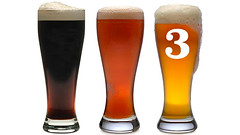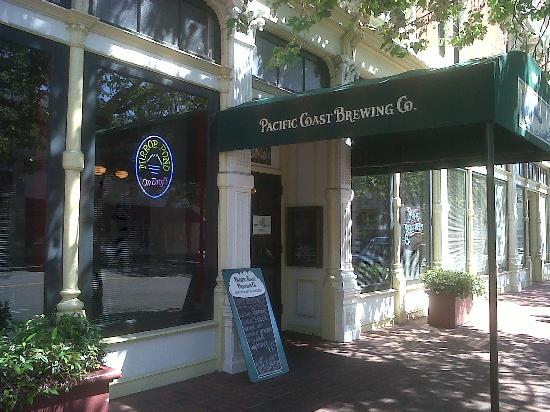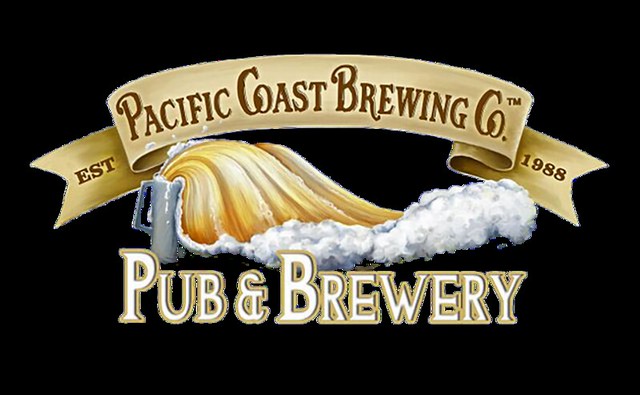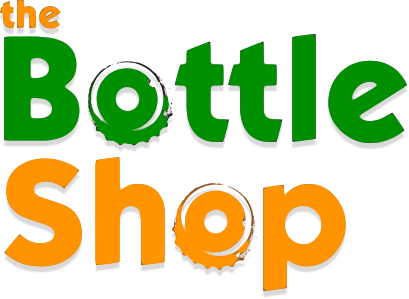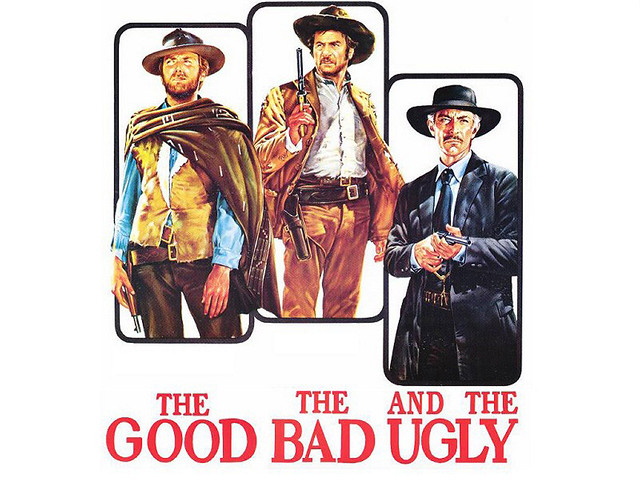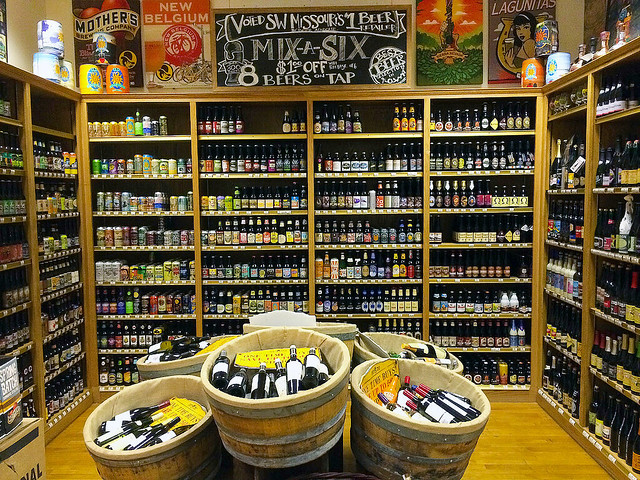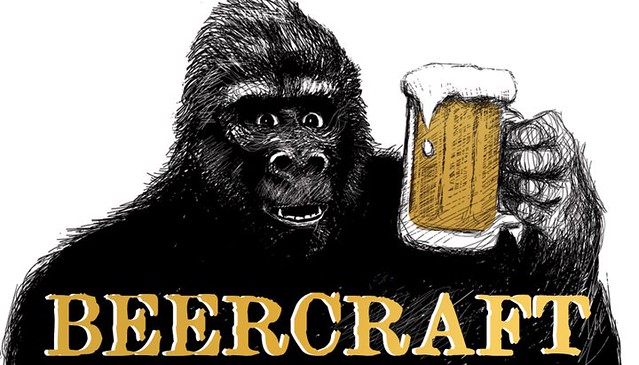
Friday’s ad is for “Rheingold Beer,” from 1964. This ad was made for the Rheingold Brewery, which was founded by the Liebmann family in 1883 in New York, New York. At its peak, it sold 35% of all the beer in New York state. In 1963, the family sold the brewery and in was shut down in 1976. In 1940, Philip Liebmann, great-grandson of the founder, Samuel Liebmann, started the “Miss Rheingold” pageant as the centerpiece of its marketing campaign. Beer drinkers voted each year on the young lady who would be featured as Miss Rheingold in advertisements. In the 1940s and 1950s in New York, “the selection of Miss Rheingold was as highly anticipated as the race for the White House.” The winning model was then featured in at least twelve monthly advertisements for the brewery, beginning in 1940 and ending in 1965. Beginning in 1941, the selection of next year’s Miss Rheingold was instituted and became wildly popular in the New York Area and beyond. In this ad, from December, Miss Rheingold 1964, Celeste Yarnall, is out in the snow-covered woods, pushing a sled with an evergreen tree on it. The tagline reads: “Happy Holidays from the brewers of Rheingold Extra Dry Beer.” And the small print below states that ad is by “Rheingold Breweries, Inc., New York, N.Y.” That’s significant because earlier in the year the company was known as Liebmann Breweries, but was rebranded after Pepsi bought the brewery in in February.

But by April, two months after buying Rheingold, they’d already decided they were doing away with the public contest aspect of Miss Rheingold, and instead chose someone on their own. There was a certain lack of pageantry in the decision, and none of the drama attendant to the contest for the past twenty-five years. I imagine it was something of a let down for many people who undoubtedly looked forward to the contest each year. But without the contest, they were able to choose someone nine months ahead of time. So they unceremoniously announced in April that Sharon Vaughan had been chosen by the company to be Miss Rheingold 1965.



